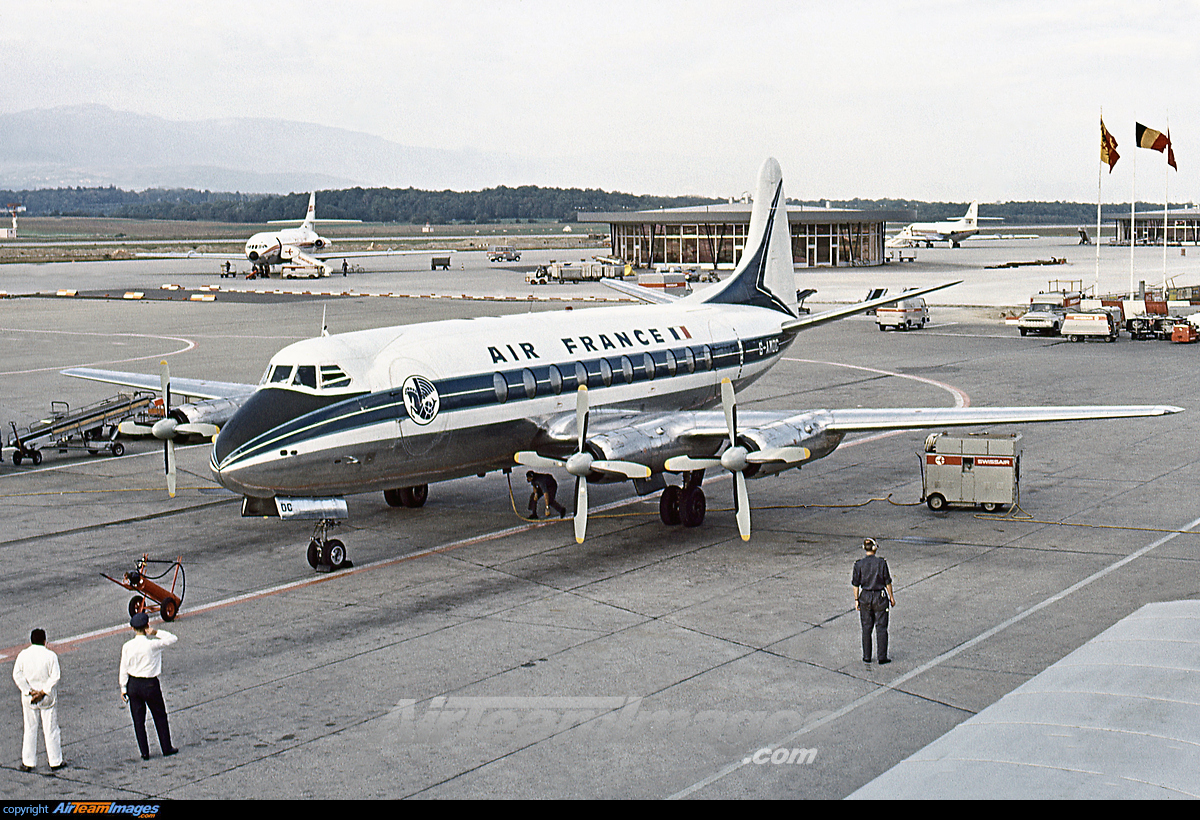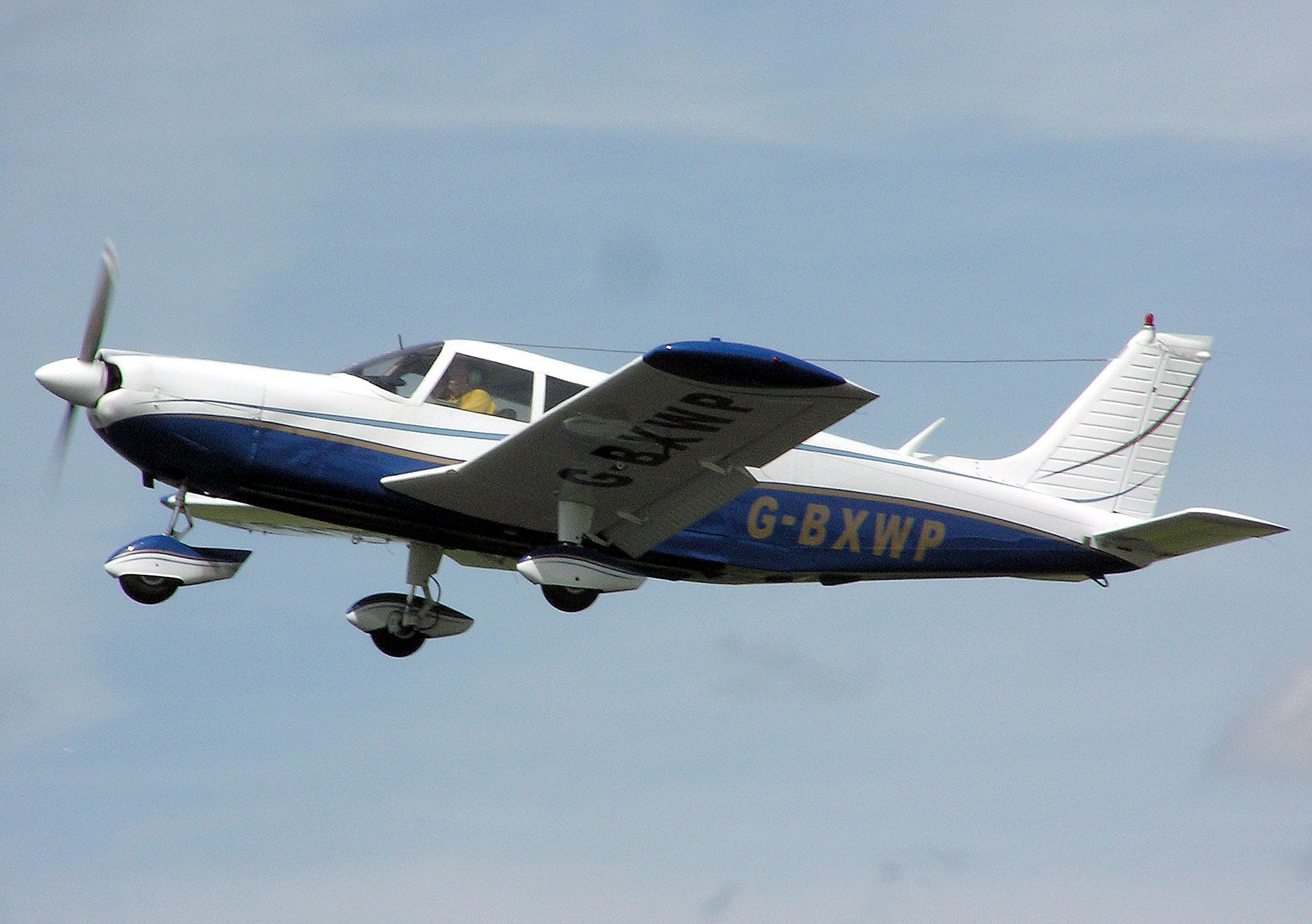Amoc Aircraft - Aircraft AMOs are limited to the performance of non-specialized work; that is, work other than the specialized tasks listed in Schedule II of CAR 571. This is similar, but not identical, to the list of major repairs in FAR 43, Appendix A - the main difference being that the specialized work designation only takes into
account the skill required to perform the work, and has no bearing on design approval issues. The AMO's ratings indicate the aircraft types it can maintain. The limitations listed against each rating indicate the scope of work that may be undertaken.
Amoc Aircraft

The maximum permissible scope for an Aircraft AMO is "all non-specialized work." So, when is a specialized AMO needed? Hopefully, this discussion helped to explain some of the scenarios found in the various AMOs and will serve as a guide when planning and scheduling maintenance in the future.
The questioners are usually surprised to hear that there is no need to have the work repeated by a specialist organization. The reason for this apparent contradiction is that there are two distinct types of Approved Maintenance Organizations (AMO), and each has a different purpose.
I have touched on the AMO rating system before in this column, but as the system is unique to Canada, and still new to some readers, the topic might be worth revisiting. Process AMOs may perform work on any type of aircraft or product.
The distinction between the product and process privileges means that, for example, while a propeller AMO may be authorized to perform overhauls, if the overhaul includes NDT tasks, the AMO must also hold an NDT rating, or it will be obliged to sub-contract

the NDT tasks to an AMO that does. The fourth bulleted restriction within the AD applies to any takeoff and landing procedure that requires the use of a radio altimeter. Check your Rotorcraft Flight Manual (RFM) or Operations Specification (OpSpec) to verify if this restriction applies to your helicopter.
To maintain the safety of the US National Airspace System, the FAA has put into place restrictions on operations that may be negatively affected by the deployment of 5G wireless systems. However, FAA personnel have the authority to approve alternative methods of compliance (AMOCs) for operators.
Secure .gov websites use HTTPS A lock ( LockA locked padlock ) or https:// means you've safely connected to the .gov website. Share sensitive information only on official, secure websites. Helicopter operators should use the HAI 5G AMOC Portal to report their operations that are restricted according to the fourth bulleted item in the limitations specified in figure 1 to paragraph (g) of FAA Airworthiness Directive (AD) 2021-23-13 (see figure 1
below). The information collected will be used to help the FAA to prioritize AMOCs that will have the greatest impact on facilitating helicopter operations. To return to the example of bringing a small piston-powered aircraft into commercial air service, if the last engine overhaul was done by a freelance AME and not by an engine AMO, the misunderstanding comes about because until recently, the overhaul of small piston engines
was on the list of specialized work. The work has now been de-classified to non-specialized. Most people understand that these engines can now be overhauled by freelance AMEs (provided, of course, they are to be installed in private aircraft).

What is not so widely appreciated, is that the change in classification also means that, even if they are to be installed in a commercial aircraft, no specialized AMO is needed. The engines can instead be overhauled by an Aircraft AMO rated for the aircraft type, provided it has applicable procedures in its approved manual.
In the case cited, the aircraft is being acquired with the engine installed. The engine complied with all the applicable requirements at the time of installation. No special action is required, because the wording of the regulations makes it clear that the need for an AMO depends on the circumstances existing at the time the work is done.
The requirements are not retroactive. Thus, if an Aircraft AMO performs a non-specialized task, and that task is subsequently classified as specialized work, we do not have to have the task repeated by a specialized AMO.
Similarly, if non-specialized work is performed on a private aircraft by an AME, and the aircraft subsequently enters commercial service, the work does not have to be repeated by an AMO of any kind. In the product categories, AMOs are rated by the types of product they are authorized to maintain, and the permitted scope of work is indicated by limitations.
The maximum scope of work for a product rating is "all work other than specialized NDT and welding." Process AMOs are rated according to the processes they may perform, (i.e. an NDT AMO may have ratings for magnetic particle inspection and radiography).
/cloudfront-us-east-1.images.arcpublishing.com/gray/MQFHD4V3QJA53LBK4PGTBDMXMQ.jpg)
Regarding the Canadian Aviation Regulations, people often ask what is involved in bringing a small piston-powered aircraft into commercial air service, if the last engine overhaul was done by a freelance AME and not by an engine AMO?
The product categories are Structures, Avionics, Instruments, Engines, Propellers and Components. All product ratings fall under one or another of these categories, which are arranged to be mutually exclusive. The process categories are NDT and Welding and these are the only two processes appearing in the list of specialized work.
Previous extensions of an original 12-year cylinder-replacement provision were granted for five years in 2014 and two years in 2018, applicable to aircraft powered by Continental's IO-520, TSIO-520, and IO-550 engines, and any other engine, such as the 470 series, with a supplemental type certificate for the same Superior Air Parts cylinder assemblies with more than 750 hours' time in service on the cylinders.
Example: 40 HAA flight operations per day would be restricted at hospital heliport X due to operators Y and Z's inability to take off and land in their Cat A, Part 29 rotorcraft. No alternative sites exist.
And there are 10 similar HAA operations that exist in the same region, causing a drastic reduction in service. The authorization of an AME to sign a release for on-aircraft work is known as an ACA (Aircraft Certifying Authority) and it may also include off-aircraft privileges.

Regardless of whether a release is signed under an SCA or an ACA, the individual signing the release takes personal responsibility for the work certified. The signature is not made on behalf of the organization. Specialized AMOs are quite different.
Like Aircraft AMOs, they can do maintenance work in support of commercial aircraft, but their raison d'etre is to do work that is beyond the privileges of an Aircraft AMO. Specialized AMOs themselves can be divided into two sub-groups: Those with product ratings and those with process ratings
In addition to the organizational benefits they share with Aircraft AMOs, specialized AMOs also ensure the additional level of skill needed to perform specialized work, which is required regardless if the aircraft is commercial or private.
Specialized AMOs may also perform non-specialized work within the bounds of their ratings, just as Aircraft AMOs may work on private aircraft. A large organization may hold ratings in several different categories, whereby the distinctions are transparent to the staff in everyday operation.
However, they can quickly become important if enforcement action is contemplated. Disclaimer: All information submitted through this form will be de-identified. HAI will only share the aggregate data and will only share that aggregate data with the FAA.

HAI will not sell, share, or provide the raw data to any entity, agency, or organization. The 2018 extension ended an effective grounding of some aircraft to which AOPA had objected on behalf of members. AOPA and Superior Air Parts noted at that time the significant cost savings the extension would provide those owners.
Also, there had been no known accidents or incidents "resulting from cylinder head separation" since the AD was issued. So, given that the only privilege of an Aircraft AMO is to perform non-specialized work on commercially operated aircraft, and to authorize unlicensed personnel to sign a parts tag, what added advantage does the AMO confer, that makes it an essential element of the
commercial aviation environment? The answer is "organization." An AMO has the benefit of an organized operating structure, ensuring that each individual works as part of a team. The organization, with obvious benefits for record keeping, communications, shift hand-over, establishes what procedures and standards to follow in a given case, not the AMEs.
An Aircraft AMO can be regarded as a group of technicians and AMEs working in accordance with a previously established set of approved standards. The FAA has granted operators of aircraft powered by Continental engines with certain Superior Air Parts cylinders installed an additional two-year extension before they must replace the cylinders under a current airworthiness directive, for a total of 21 years of cylinder operating life.
faa global amoc, amoc air force, faa amoc listing, what is amoc, faa 5g amoc, alternate method of compliance, faa method of compliance, jacksonville air and marine branch